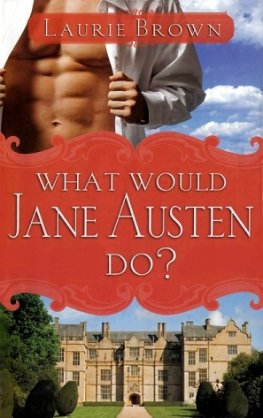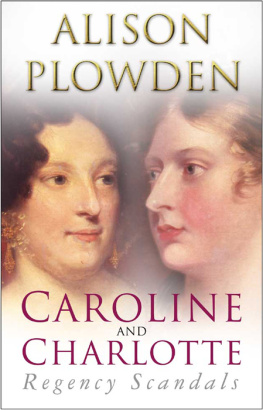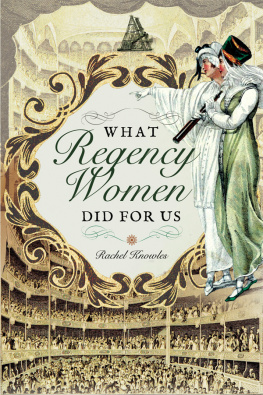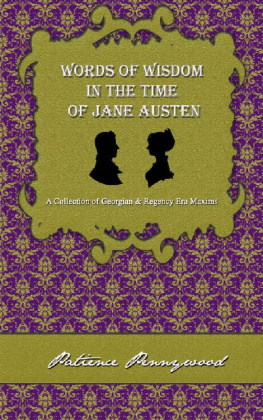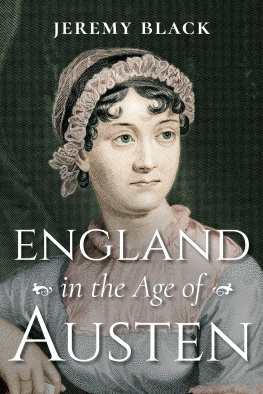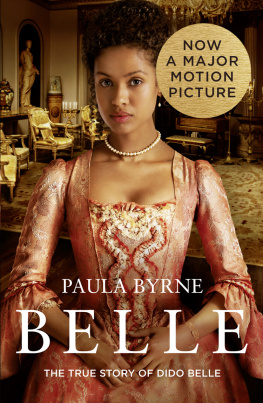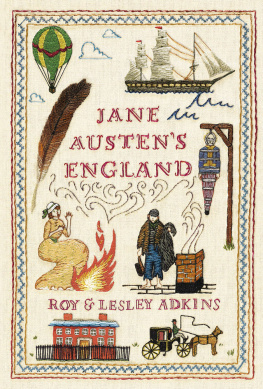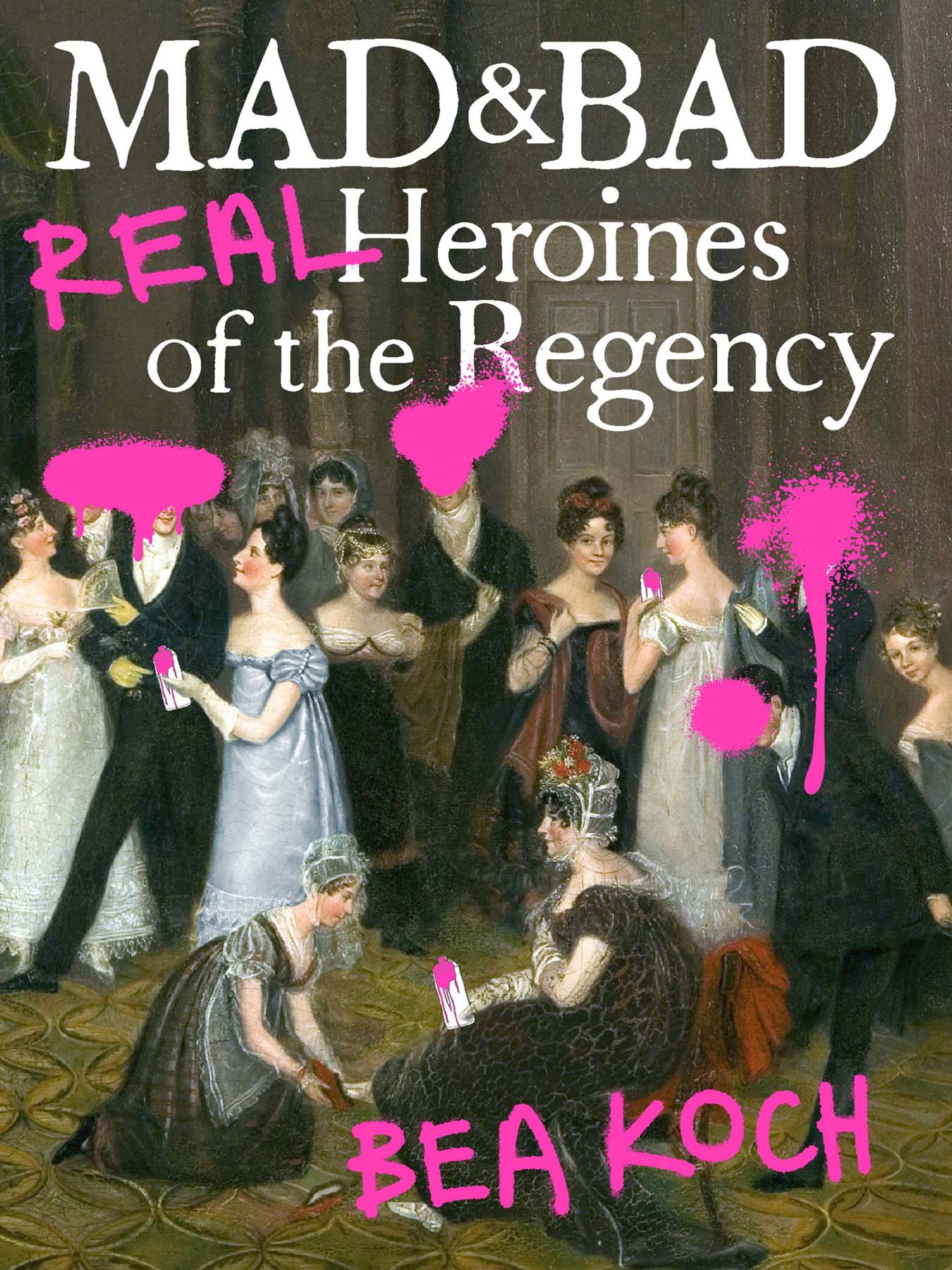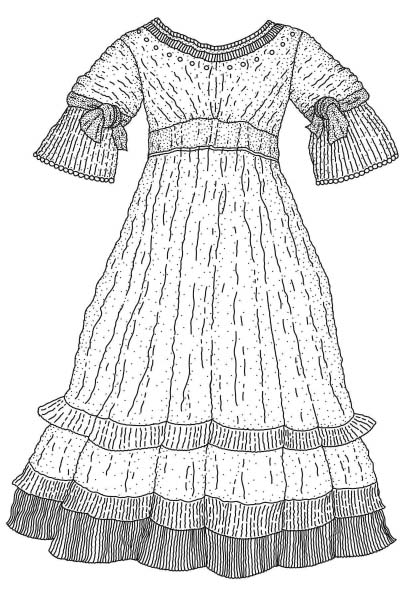Copyright 2020 by Bea Koch
Cover design by Elizabeth Connor. Cover art: The Cloakroom, Clifton Assembly Rooms by Rolinda Sharples, Bristol Museum and Art Gallery/Bridgeman Images.
Cover copyright 2020 by Hachette Book Group, Inc.
Hachette Book Group supports the right to free expression and the value of copyright. The purpose of copyright is to encourage writers and artists to produce the creative works that enrich our culture.
The scanning, uploading, and distribution of this book without permission is a theft of the authors intellectual property. If you would like permission to use material from the book (other than for review purposes), please contact permissions@hbgusa.com. Thank you for your support of the authors rights.
Grand Central Publishing
Hachette Book Group
1290 Avenue of the Americas, New York, NY 10104
grandcentralpublishing.com
twitter.com/grandcentralpub
First Edition: September 2020
Grand Central Publishing is a division of Hachette Book Group, Inc. The Grand Central Publishing name and logo is a trademark of Hachette Book Group, Inc.
The publisher is not responsible for websites (or their content) that are not owned by the publisher.
The Hachette Speakers Bureau provides a wide range of authors for speaking events. To find out more, go to www.hachettespeakersbureau.com or call (866) 376-6591.
Chapter and part opener illustrations by Jay Bradley, Sacred Studios.
Library of Congress Cataloging-in-Publication Data has been applied for.
Library of Congress Cataloging-in-Publication Data
Names: Koch, Bea, author.
Title: Mad and Bad : Real Heroines of the Regency / Bea Koch.
Description: First edition. | New York : Grand Central Publishing, 2020. | Includes bibliographical references and index. | Summary: A feminist pop history that looks beyond the Ton and Jane Austen to highlight iconoclastic women of the Regency period who succeeded on their own terms and have largely been lost to historyProvided by publisher.
Identifiers: LCCN 2019049246 | ISBN 9781538701010 (trade paperback) | ISBN 9781538701027 (ebook)
Subjects: LCSH: WomenGreat Britain19th centuryBiography. | WomenGreat BritainIntellectual life19th century. | Women intellectualsGreat BritainBiography. | EnglandSocial life and customs19th century. | Great BritainHistoryGeorge IV, 1820-1830Biography.
Classification: LCC HQ1595.A3 K64 220 | DDC 305.4092/241 [B]dc23
LC record available at https://lccn.loc.gov/2019049246
ISBNs: 978-1-5387-0101-0 (trade pbk.), 978-1-5387-0102-7 (ebook)
E3-20200423-JV-NF-ORI
For
My mom, my first editor
My dad, my compass in everything
Leah, Jacob, Olivia, and Mo, my people
and Blake, my future
M ad, bad, and dangerous to know.
Caroline Lamb claimed credit for those words, the most famous description of Lord George Byron, poet and all-around bad boy of early-nineteenth-century England.
She might as well have been describing herself. Caroline was equally as dramatic, talented, capricious, and fascinating as Byron. And just like Byron, she was a published author.
But Byron is remembered as a great writer of the era, while Carolines writing has become a footnote, and she is relegated to the role of hysterical ex-girlfriend in Byrons story.
To many the Regency is a period of great men. Castlereagh, Palmerston, Pitt, Nelson, Wellington dominate the histories of the era; their names writ large across the historical stage.
But it is also an era of great women. Forcing their way into a historical record set up to extol the many accomplishments of men in so many surprising places that we are forced to take notice.
Each woman shines bright, illuminating those around her. Each woman connects to so many more.
Each has her own story. Her own accomplishments and disappointments. Her own love stories and losses.
The sad truth of history is that so many of these stories are lost. And the stories of people of color and women are disproportionately so.
The happy truth is that were still rediscovering stories every day. History is more alive than ever as we turn our attention to those who have been left to languish in the shadows and those who have been cast in a singular light.
Here we have an opportunity to examine these networks of women spreading through an iconic time period: the Regency.
So named for the ten-year period between 1810 and 1820 when then Prince of Wales George IV became Regent after his father, George III, showed increasing signs of mental instability, the Regency has long reigned supreme in the beloved world of historical romances. These romance novels have helped the Regency become what it isand all that it meanstoday.
There has long been a misperception that Regency romance heroines are simpering misses who fall fast for a rake and think of nothing but love and, more crudely, sex. In actuality, contemporary romance novelists have always plumbed the depths of Regency history to find inspiration for heroines who break the mold, in more ways than one.
Lady Caroline Lamb is a perfect example of one such Regency woman, one who lived the type of life that could inspire a slew of romance novels. Her love life was certainly dramatic enough. But there is another layer to the story, a twin narrative that follows the more famous love affair and that peeks out at us in letters, diaries, and poems.
Its the network of women in Carolines life who loved her and she loved back. And the women she sparred with in person and letters, those she tried desperately to befriend and those she scorned. Mother, grandmothers, aunts, sisters, cousins, friends, enemies, and in-laws: They appear in every facet of Carolines life, guiding and worrying over her, cajoling and encouraging, censorious and generous, or in turn demanding and threatening as they tried to force Caroline to live as they wanted her to. It is an altogether familiar world for modern womenone that the women in our lives create through their very presence. Caroline lived in a world of women, even if she is historically associated with famous men.
There is such joy and strength in female friendship, and it is that joy that we can see in every facet of womens lives during the Regencyand similarly that joy and connection that are all too frequently left out of the greater historical narrative.
It is touching to see echoes of that care and closeness we crave today in historical sources, like the famous Duchess of Devonshires sweet poem to her niece, the eventual Lady Caroline Lamb, ne Ponsonby.
T O L ADY C AROLINE P ONSONBY W ITH A N EW Y EARS GIFT OF A PENCIL:
Fairy, sprite, whatever thou art
Magic genius waits on thee
And thou claimst each willing heart
Whilst thy airy form we see
Take the gift, the early year
Shall for thee in Splendor shine.
Genius gives it. Do not fear
Boldly mould, invent, design.
Georgiana and Caroline are both famous for their scandalous love lives and social antics. But in this poem all that melts away, and we see something far more intimate and honest. It echoes through time, reminding each new generation of the gift that can come when someone sees you and believes in you. And it reminds us of the humanity that we sometimes forget in the greater historical narrative.


